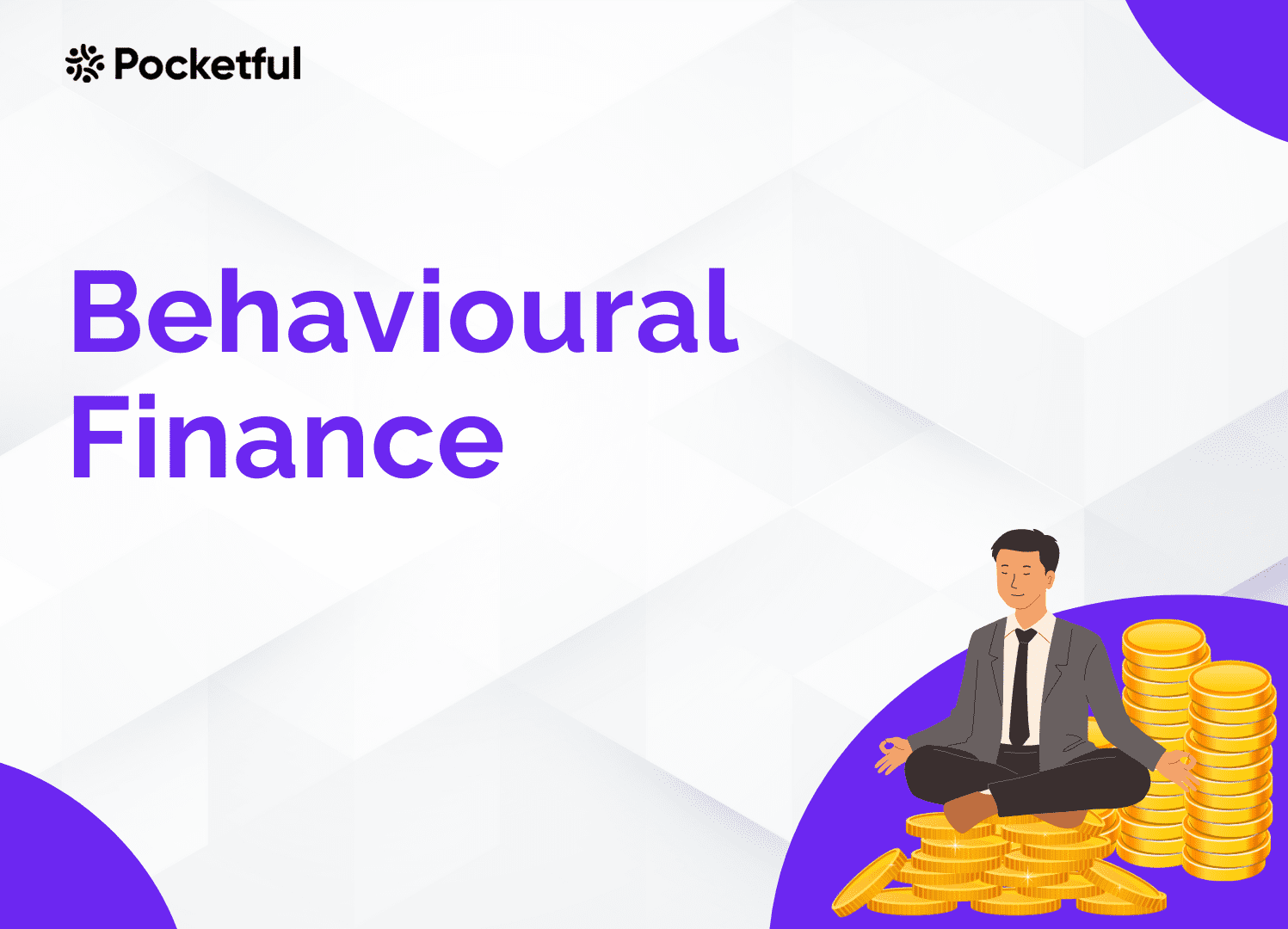| Type | Description | Contributor | Date |
|---|---|---|---|
| Post created | Pocketful Team | Jul-01-24 | |
| Add internal links | Nisha | Mar-04-25 |
Read Next
- SEBI Action on Jane Street: Impact on Indian Markets
- What is Personal Finance?
- Military Wealth Management: Strategies for Growing and Preserving Your Assets
- India’s Republic Day 2025: Honoring the Nation’s Defense Achievements
- 10 Essential Financial Planning Tips for Military Members
- How Do You Apply for PAN 2.0 Online and Get It on Your Email ID?
- 10 Best YouTube Channels for Stock Market in India
- LTP in Stock Market: Meaning, Full Form, Strategy and Calculation
- 15 Best Stock Market Movies & Web Series to Watch
- Why Do We Pay Taxes to the Government?
- What is Profit After Tax & How to Calculate It?
- Budget 2024: Explainer On Changes In SIP Taxation
- Budget 2024: F&O Trading Gets More Expensive?
- Budget 2024-25: How Will New Tax Slabs Benefit The Middle Class?
- Semiconductor Industry in India
- What is National Company Law Tribunal?
- What is Capital Gains Tax in India?
- KYC Regulations Update: Comprehensive Guide
- National Pension System (NPS): Should You Invest?
- Sources of Revenue and Expenditures of the Government of India
- Blog
- personal finance
- behavioral finance
Guide to Behavioral Finance: Definition, Biases, and Impact

Ever wondered why you tend to spend more freely with a credit card than with cash? Or why do you hesitate to sell a losing stock but quickly sell your winning holdings at a small profit?
Behavioral finance provides interesting insights into various financial puzzles. Unlike traditional finance, which assumes that investors are rational, behavioral finance recognizes the influential role that psychology plays in our financial decision-making.
What is Behavioral Finance?
Behavioral finance is a field of study that examines how psychology influences the financial decisions of investors and financial markets as a whole. In contrast, to traditional finance, which assumes investors act rationally depending on the available information, behavioral finance recognizes that emotions and biases can cloud judgment and lead to suboptimal choices.
It shows how psychological factors like overconfidence, herd mentality, loss aversion, etc. can affect an individual’s financial decisions. It challenges the efficient market hypothesis, which holds that markets are totally efficient and reflect all available information.
Evolution of Behavioral Finance

In 1912, George Selden’s groundbreaking book “Psychology of the Stock Market” laid the foundation for understanding the profound psychological elements present in the financial markets.
In 1979, the psychologists Amos Tversky and Daniel Kahneman presented their Prospect Theory, which effectively challenged the long-standing belief in rational decision-making. This theory sheds light on the interesting ways in which individuals perceive and prioritize gains and losses. This set the stage for behavioral finance.
In the 1980s, Richard Thaler, a well-known economist, teamed up with Tversky and Kahneman to implement ideas for the financial markets. During this period, important ideas like mental accounting and framing effects were developed.
Since the 2000s, behavioral finance has emerged as a well-established field, witnessing a surge in academic research, industry adoption, etc.
Read Also: Top 10 personal finance lessons for self-learning
Role of Psychology in Behavioral Finance

Behavioral finance is all about the psychology of money. It is the core principle behind the field. Let’s see how psychology plays a major role in understanding financial decisions.
- Mental Shortcuts: Our brain depends on mental shortcuts to efficiently process information. Biases stem from these shortcuts. For example, the availability bias leads us to assess the likelihood of events based on how easily we can recall them. This could lead to overreacting to news and neglecting historical trends.
- Cognitive Bias: These are thinking patterns that can cause errors in judgement. Behavioral finance identifies and explains how biases such as overconfidence or anchoring bias can distort financial decisions.
- Individual Differences: People have different personalities, risk tolerance, and financial goals. Understanding your own psychology is important for making sound financial decisions. Psychology helps us in a comprehensive understanding of these aspects and their impact on financial behavior.
Biases in Behavioral Finance
Biases play a central role in behavioral finance, greatly influencing the way investors make decisions. These biases are mental shortcuts that can lead to judgment errors in financial situations.
Let’s have a look at some of the common biases:
- Loss Aversion: Loss aversion is when people feel the pain of losses more than the pleasure of gains. This can cause investors to keep holding losing stocks and sell winning stocks too early.
- Overconfidence: Overconfidence is a common pitfall for investors, who tend to overestimate their knowledge and abilities, resulting in risky decision-making and an underestimation of potential losses or black swan events.
- Anchoring Bias: Individuals have a tendency to rely excessively on the initial information they come across when making decisions. This could pose a problem in investing. For instance, an investor is fixated on a stock’s initial price and fails to consider evolving market conditions.
- Herd Mentality: Herd mentality refers to the natural inclination to follow the crowd. Investors often make decisions based on the actions of others, rather than their own analysis. This can lead to bubbles and crashes.
- Confirmation Bias: Confirmation bias is the tendency to search for information that supports our preconceived notions while disregarding conflicting information. This can cause investors to ignore potential risks or miss out on great opportunities.
- Disposition Effect: People tend to sell investments that have made money quickly and keep those that have lost money for a long time. This can hinder returns because winning stocks often have more potential for growth.
- Framing Bias: The presentation of information has a profound impact on our perception. For instance, an investment presented with a “90% chance of success” may appear more appealing than one described as having a “10% chance of failure.”
- Status Quo Bias: Most individuals generally tend to cling to the status quo and shy away from making any alterations. This can result in a lack of momentum in investment decisions, even when a change could yield better decisions.
- Mental Accounting: People often separate their money into different categories and treat them in different ways. For instance, you are more likely to spend your bonus amount than money you have been saving for years. This can result in unplanned expenses.
Impact of Behavioral Finance

On Individuals
- Improved Decision-Making: Identifying biases allows investors to make better decisions and avoid expensive errors. Creating a strategy that takes into account risk tolerance and objectives can help minimize the impact of emotions such as fear and greed.
- Reduced Risk: Behavioral finance helps recognize biases that lead to risky behavior, like overconfidence leading to excessive investment in volatile assets. Investors can use diversification and disciplined investing strategies to lessen risk.
- Awareness: Understanding behavioral biases empowers individuals to take control of their financial decisions. They can become more critical of financial information and avoid falling prey to biases that exploit emotional triggers.
On Market
- Market Volatility: Behavioral tendencies can indeed contribute to market fluctuations. Herding and panic selling make crashes worse, while overconfidence creates bubbles.
- Market Anomalies: Behavioral finance helps explain market anomalies, such as calendar effects or seasonal trends, that cannot be fully explained by traditional finance.
- Investors protection: Regulators can use behavioral finance insights to create policies that protect investors from making emotional or biased decisions.
Read Also: How to achieve financial freedom before retirement
Conclusion
In summation, behavioral finance focuses on the role of human behaviour in making financial decisions. It challenges the idea of rational investors and recognizes how psychology affects our financial choices.
Behavioral finance is not a miracle solution that guarantees financial success. However, incorporating these principles into your investment strategy can help you become an informed and mindful investor. Remember that the goal is not to get rid of emotions, but to be aware of how they can affect our financial decisions and to make choices that support long-term goals.
Frequently Asked Questions (FAQs)
What is Behavioral Finance?
It studies how psychology influences financial decisions, acknowledging we are not always rational.
How do emotions affect investing?
Emotions play a significant role in investing; for example, fear can lead to panic selling, while greed can make you chase risky investments.
How can I be a more mindful investor?
You can educate yourself on biases and how they might influence you. Consider your emotions and goals before making decisions.
Is there a way to overcome biases?
Not entirely, but by being aware of the biases, you can take steps to mitigate their influence.
Does behavioral finance replace traditional finance?
No, it contemplates it. Traditional finance focuses on market data, while behavioral finance considers the human element.
Disclaimer
The securities, funds, and strategies discussed in this blog are provided for informational purposes only. They do not represent endorsements or recommendations. Investors should conduct their own research and seek professional advice before making any investment decisions.
Article History
Table of Contents
Toggle